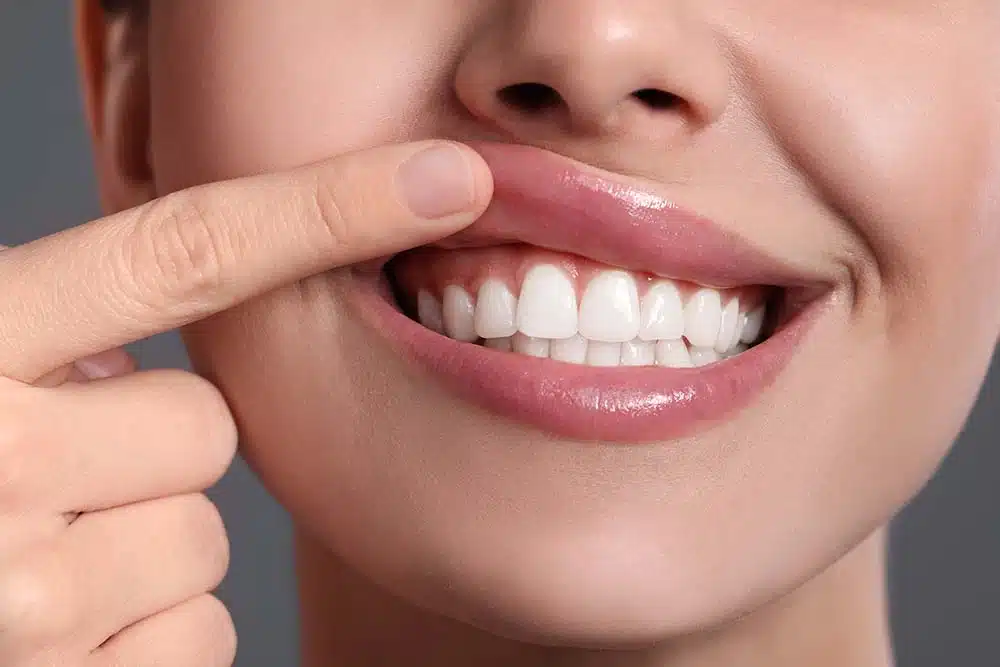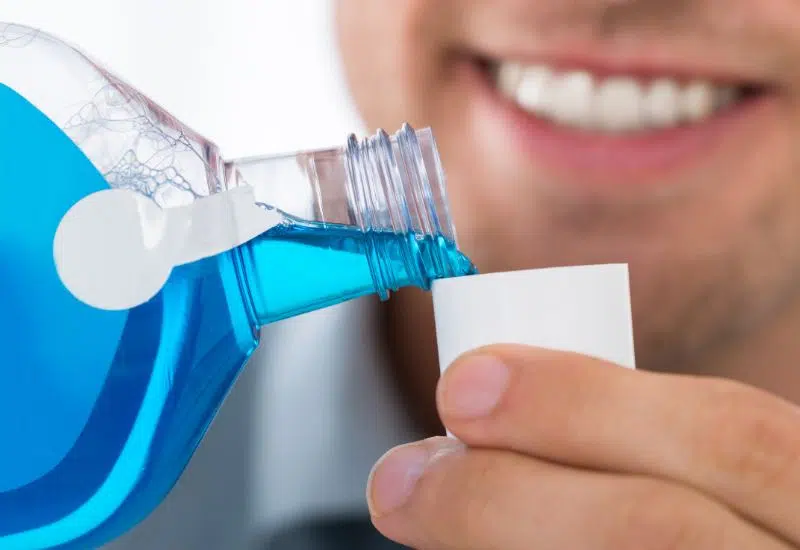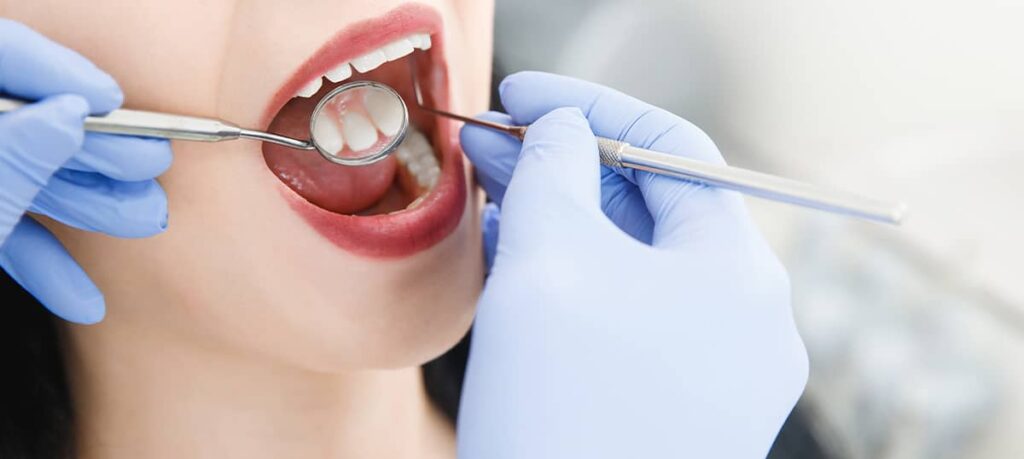
Recovering from LANAP surgery requires proper care to ensure optimal healing of your teeth and gums. Under the expert guidance of Dr. Gallardo, patients receive comprehensive support tailored to their recovery needs.
In this article, we explore essential strategies for managing pain, maintaining oral hygiene, following dietary recommendations, and recognizing potential complications.
“With Dr. Gallardo’s LANAP treatment, patients experience minimal to no discomfort.”
Essential Tips for LANAP Recovery
- Understand Your Recovery Process: Know what to expect after LANAP surgery to better manage your healing journey.
- Manage Pain Effectively: Utilize recommended pain relief methods to stay comfortable during recovery.
- Follow Dietary Guidelines: Adopt specific eating habits that support tissue healing and prevent complications.
- Maintain Oral Hygiene: Implement tailored oral care practices to keep your gums healthy and avoid infections.
- Stay Alert for Complications: Recognize warning signs and know when to reach out to your dentist for assistance.
LANAP Surgery Recovery: What to Expect
After undergoing LANAP surgery, a few patients experience some post-operative discomfort, such as slight bleeding, swelling, soreness, tooth sensitivity, and changes in taste due to the use of anti-microbial rinses. These symptoms are a normal response to the laser treatment and should gradually subside as the healing process progresses.
Pain Management During LANAP Recovery
Pain management is an essential aspect of the LANAP recovery process. Most patients report minimal post-procedure discomfort, which can be managed with over-the-counter pain relief medications such as ibuprofen. If necessary, your dentist may prescribe stronger pain relief medications to ensure your comfort during the healing period.
It is also helpful to apply ice packs to the affected area in 10-20 minute intervals for the first 24-48 hours following the procedure. This can help reduce swelling and alleviate discomfort. Be sure to wrap the ice pack in a cloth or towel to avoid direct contact with your skin, as this can cause frostbite or damage to the delicate tissues.
Experience a Pain-Free LANAP Recovery with Dr. Gallardo
Dr. Gallardo’s expertise ensures your LANAP treatment is comfortable and virtually pain-free. Serving Miami, Miami Beach, Coral Gables, and surrounding areas.
Dietary Recommendations for LANAP Recovery
One of the most important aspects of LANAP recovery is maintaining a proper diet to aid in the healing process.
For the first three days following the procedure, it is recommended to follow an all-liquid diet to minimize stress on the treated area. Some suitable options for a liquid diet include smoothies, soups, and protein shakes. Ensure that these foods are not too hot, as high temperatures can cause discomfort and delay healing.
After the initial three days, you can transition to a soft food diet for a total of 14 days. During this recovery time, focus on consuming nutritious foods that are easy to chew and swallow, such as cottage cheese, mashed potatoes, steamed vegetables, and soft fruits. Be sure to avoid hard, crunchy, or sticky foods that may irritate the treated area or disrupt the healing rate.
Throughout the recovery period, it is crucial to maintain adequate fluid intake to stay hydrated and support the healing process. Aim to drink at least eight glasses of water daily, and avoid alcohol, caffeine, and sugary beverages, as they can dehydrate the body and hinder optimum healing.
Oral Hygiene Tips During LANAP Recovery

- Discontinue Brushing and Flossing: Stop brushing and flossing the treated teeth for up to 10 days following the procedure, as instructed by your dentist.
- Use a Saltwater Rinse
- In a glass of warm water, dissolve one teaspoon of salt to prepare the rinse.
- Swish the solution gently around your mouth for 30 seconds before spitting it out.
- Repeat this process several times a day, especially after meals, to remove food particles and promote healing.
- Follow Prescribed Antimicrobial Rinse Instructions:
- Use the antimicrobial rinse as prescribed by your dentist.
- Typically, rinse with the prescribed solution twice a day, in the morning and evening.
Potential Complications to Watch Out for During LANAP Recovery
While LANAP is a minimally invasive procedure with a low risk of complications, it is essential to be aware of potential issues that may arise during the recovery process. Some very rare complications to watch out for include:
- Excessive bleeding: While some light bleeding is normal after LANAP, excessive or persistent bleeding may indicate a problem.
- Persistent fever: A low-grade fever is a normal response to the healing process. One sign of an infection may be a persistent or high fever.
- Severe pain or discomfort: While some mild discomfort is expected after LANAP, severe or persistent pain may indicate an issue with the healing process.
If you notice any of these complications or have concerns about your recovery, do not hesitate to contact your dentist for guidance and support.
The Importance of Follow-Up Appointments After LANAP
Regular follow-up appointments with your dentist are crucial during the LANAP recovery process. These appointments allow your dentist to monitor your healing progress, address any concerns or complications, and make adjustments to your treatment plan if needed.
During these visits, your dentist will assess the treated area for signs of healing, such as reduced inflammation, gum pocket depth reduction, and bone tissue regrowth. They may also take X-rays to evaluate the overall health of your teeth and gums.
It is essential to adhere to the recommended follow-up appointment schedule provided by your dentist. This typically includes a visit one week after the procedure, followed by additional appointments at one, three, six, and twelve months post-procedure. Regular dental cleanings and checkups are also crucial in maintaining good oral health and preventing future periodontal issues.

When to Call Your Dentist During LANAP Recovery
While LANAP recovery is generally smooth and comfortable, it is essential to know when to reach out to your dentist for assistance. During your recovery, contact your dentist if you experience any of these symptoms:
- Excessive bleeding that does not improve with gentle pressure and the use of a tea bag
- Persistent fever that does not improve with over-the-counter medications
- Severe pain and excessive discomfort that does not improve with prescribed pain relief medications
- Signs of infection, such as increased swelling, redness, or discharge from the treated area
- Any concerns or questions about your healing progress or post-operative care
Your dentist is here to help you through your LANAP recovery and ensure everything heals smoothly. If you need any help or have questions, don’t hesitate to contact their office. Remember, maintaining open communication with your dental care team is vital for achieving the best possible results from your LANAP procedure.
If you’re interested in learning more about LANAP recovery, contact Dr. Gallardo’s office. With more than 30 years of experience and an extensive periodontics portfolio, Dr. Gallardo will make sure you have all the necessary information on how to properly care for your gums and teeth after a LANAP treatment.
